Healthcare Legislation and Strategies for Positive Behavior Promotion
VerifiedAdded on 2023/03/22
|10
|561
|58
Report
AI Summary
This report delves into the crucial aspects of promoting positive behavior within healthcare settings. It begins by examining relevant legislation, such as the Criminal Law Act 1967 and the Education and Inspection Act 2006, and how these laws influence safe working environments and the use of restrictive interventions. The report then explores the process of implementing the least restrictive interventions and the importance of adhering to proper standards. It differentiates between proactive and reactive strategies, highlighting the significance of effective communication and interpersonal relationships with service users. Furthermore, the report identifies various types of challenging behaviors, including self-injury, physical and verbal aggression, and destruction of property, offering insights into how these behaviors impact positive outcomes. The report references several academic sources, including articles by Batra (2015), Grant (2015), and Green (2015), to support its findings. The report concludes with a comprehensive overview of strategies to create and maintain positive behavior and improve patient outcomes.
1 out of 10


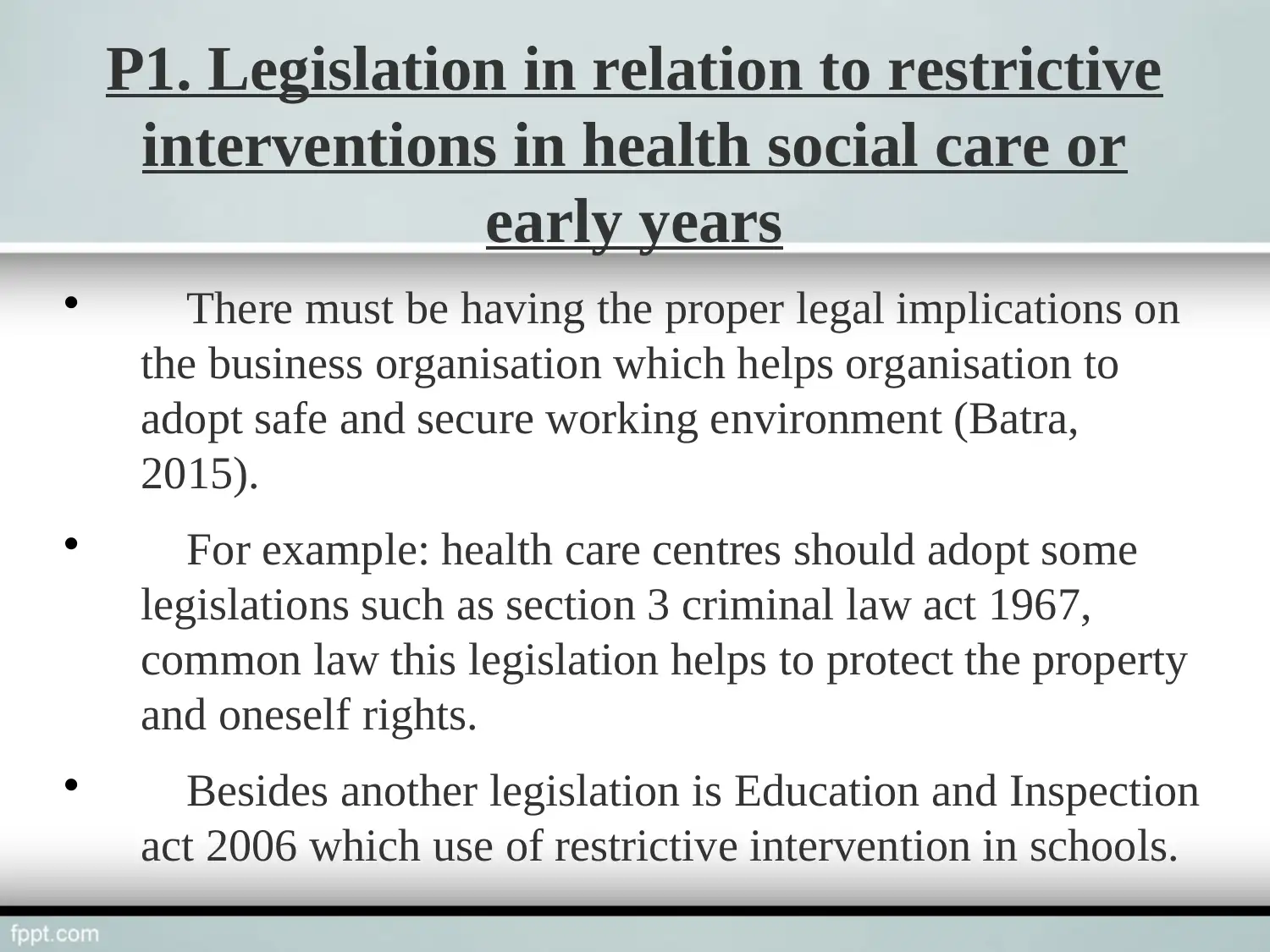

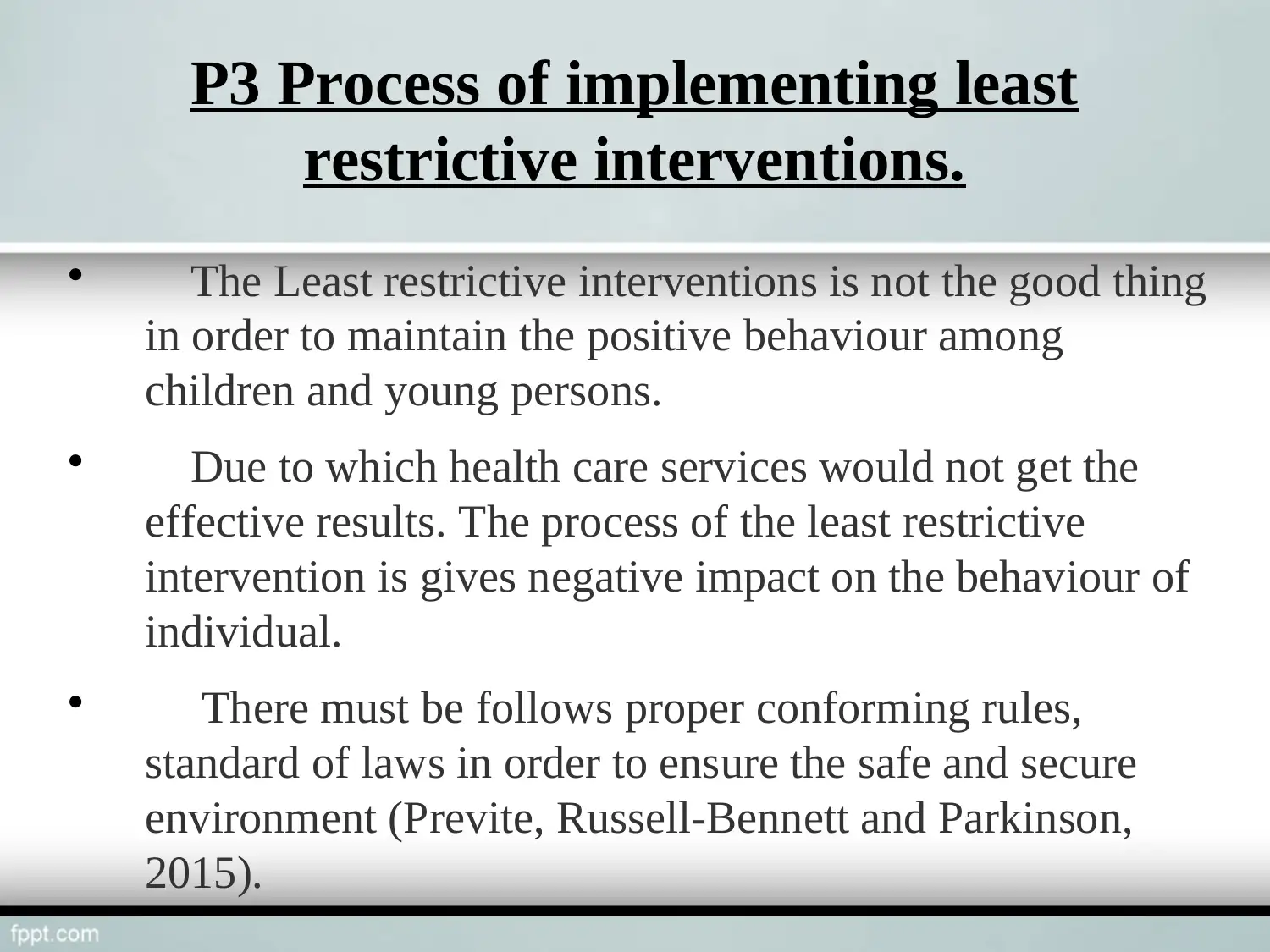
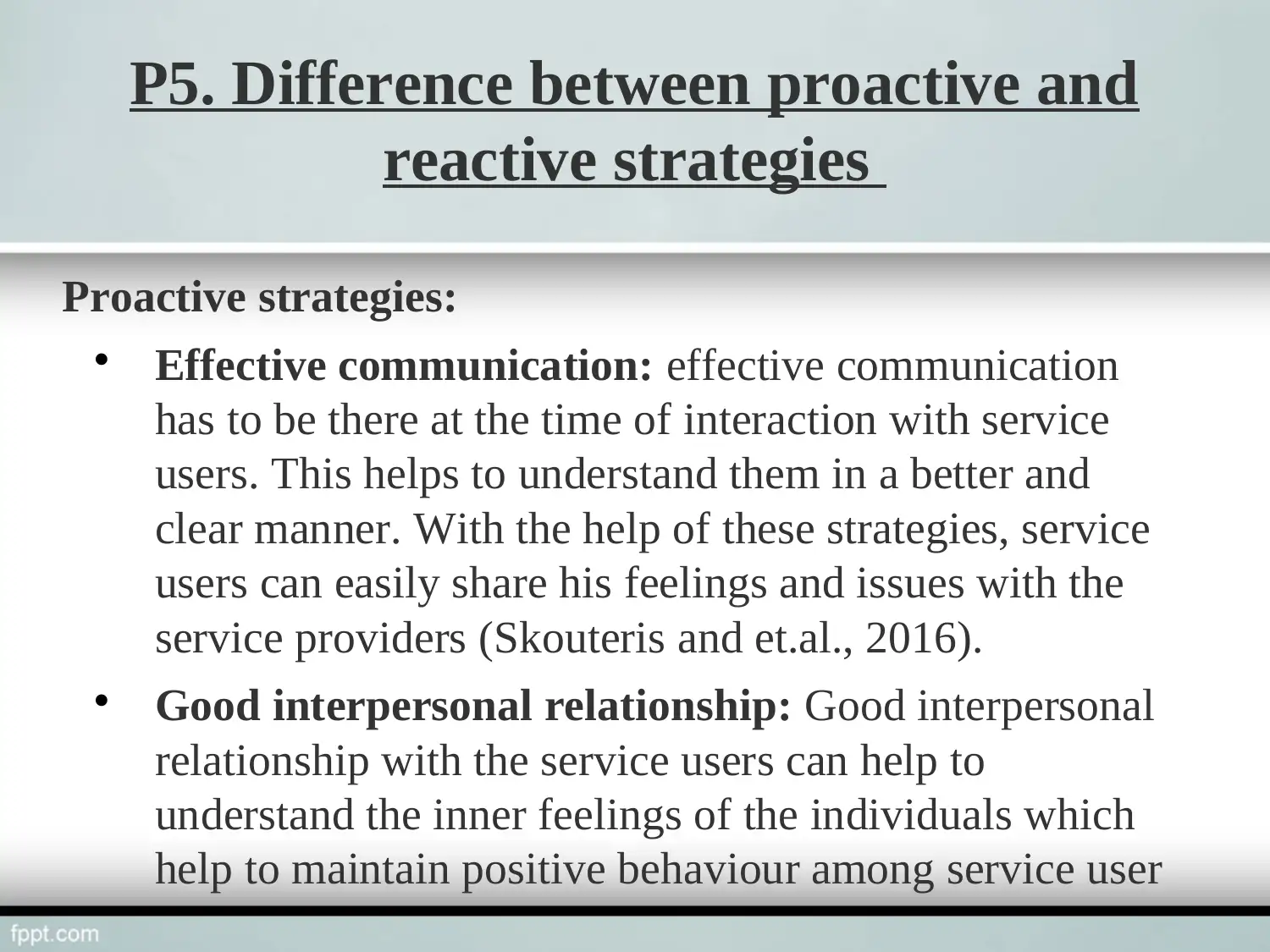
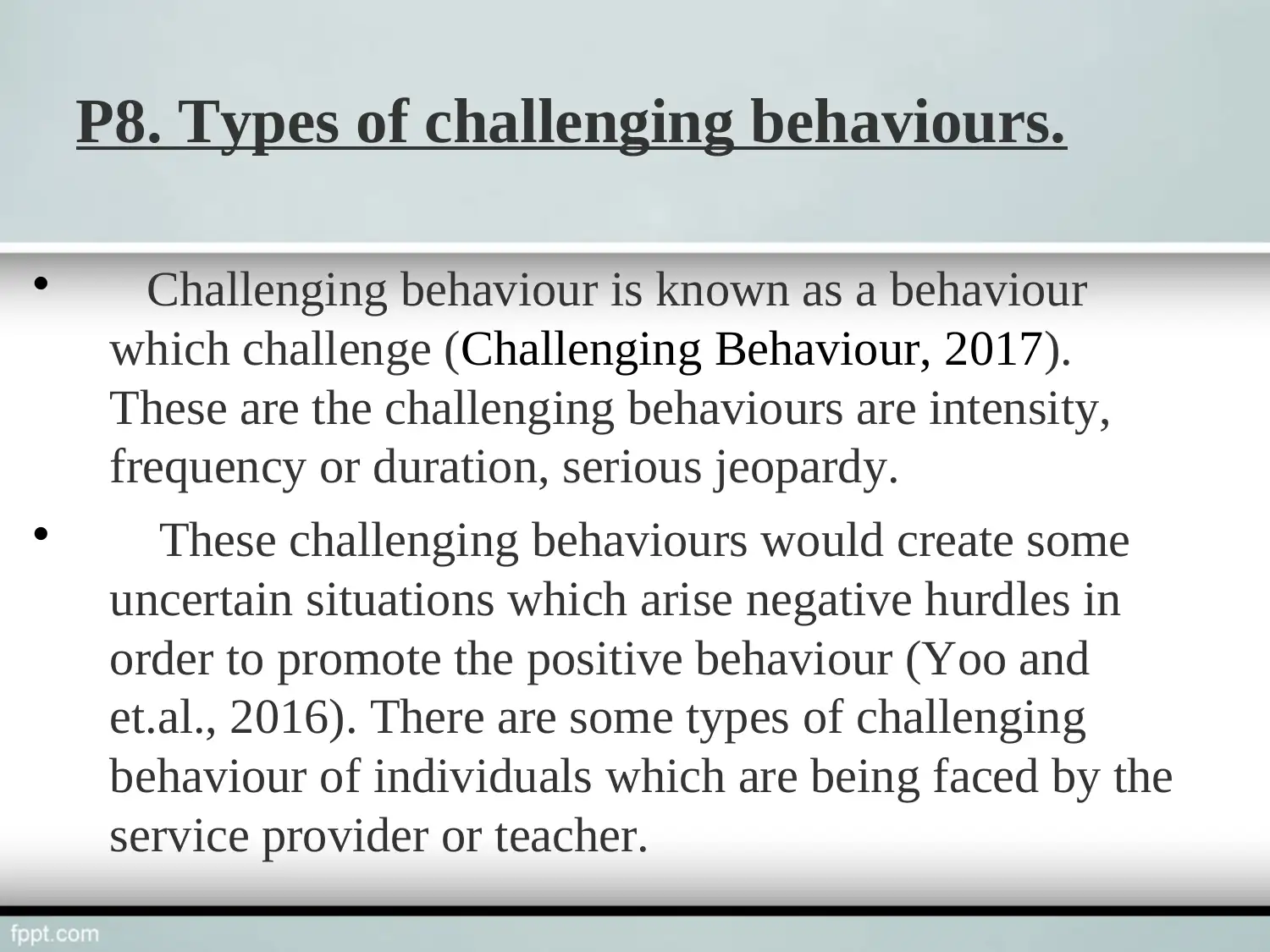
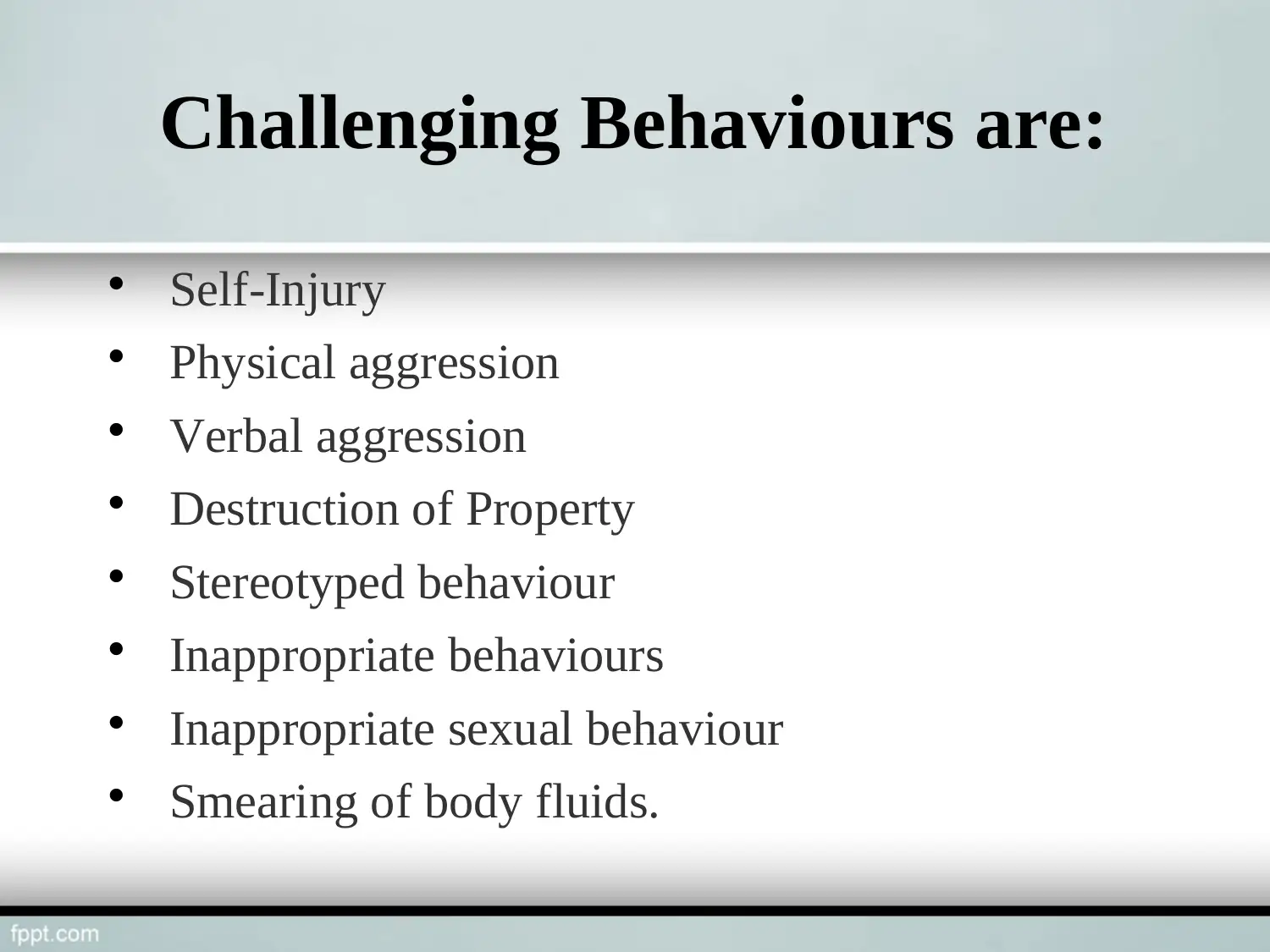
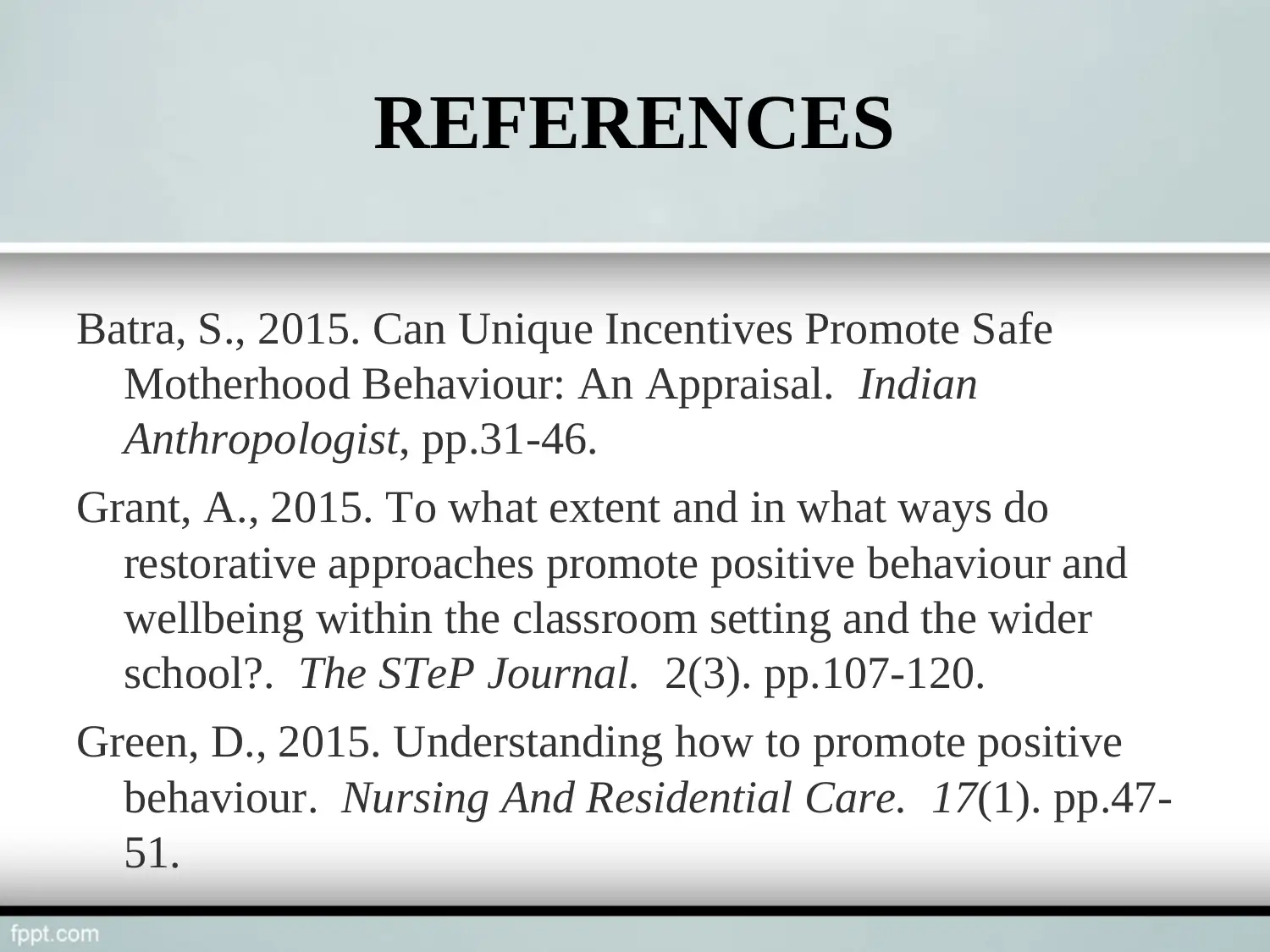
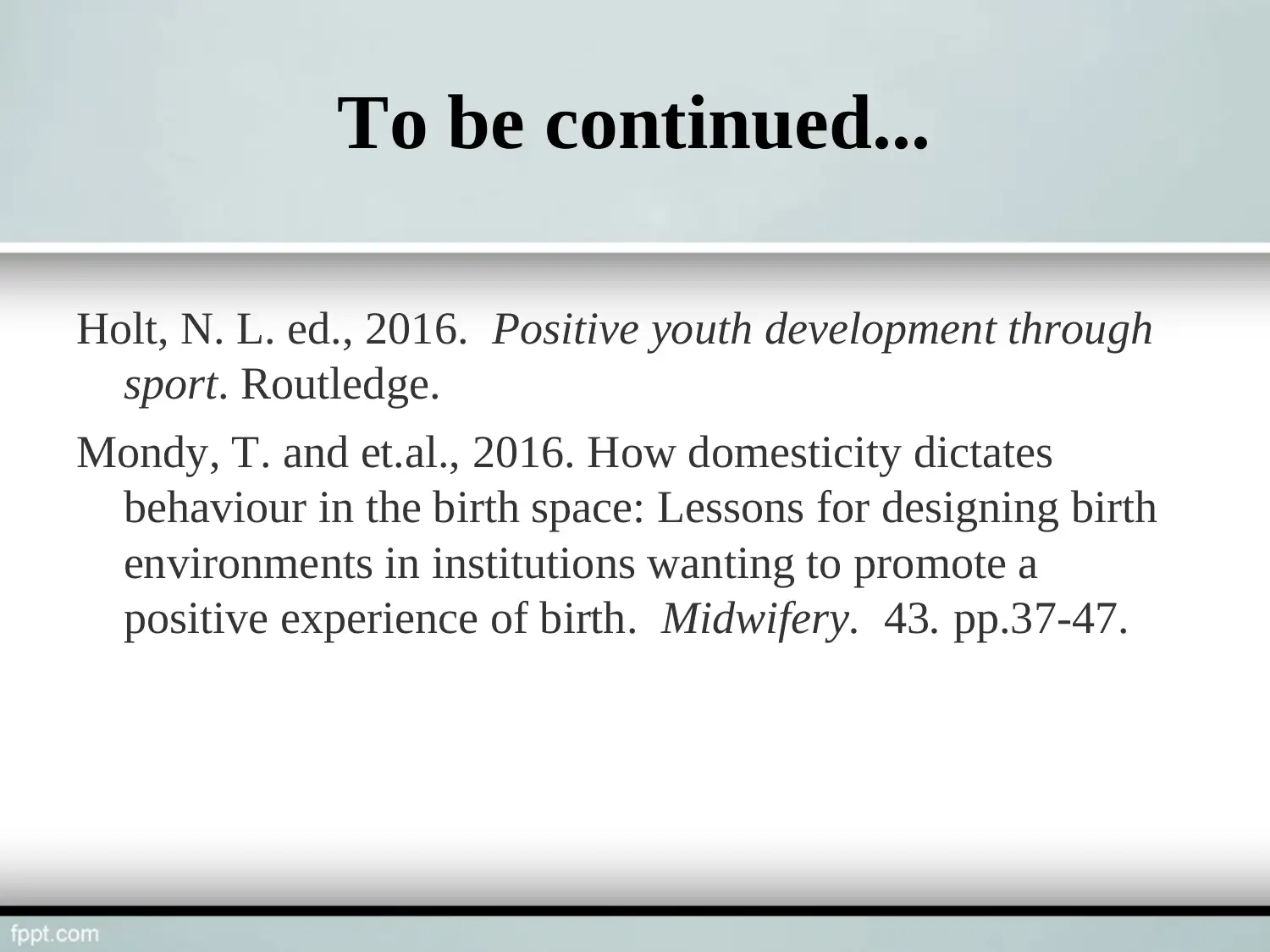







![[object Object]](/_next/static/media/star-bottom.7253800d.svg)